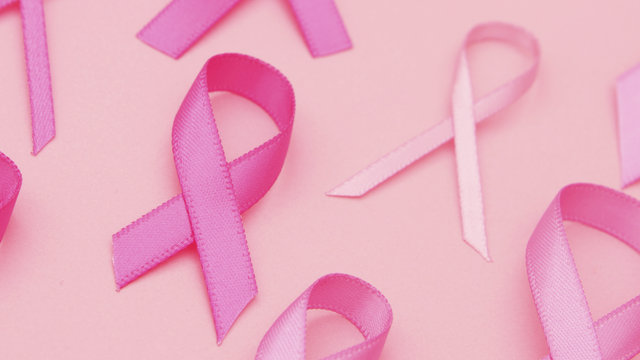Breast cancer is the second most common type of cancer affecting U.S. women. According to the National Cancer Institute, about 12.4 percent of women will be diagnosed with breast cancer at some point during their lifetime. The good news is that with advances in methods of detection and treatment, many women can and do beat breast cancer.
Know Your Risks
Breast cancer is a genetic disease. It occurs because of changes to the body’s genes that control the way breast cells function, especially how they grow and divide. Genetic changes can be inherited from your family history or they can happen because of an environmental exposure like cancer-causing chemicals or radiation that damages DNA. For breast cancer, most mutations to breast cells are acquired throughout a woman’s life rather than being inherited.
Lower Your Risks
There is no known, definitive way to prevent breast cancer, but you can lower your risk by maintaining your overall health when you:
- Eat a diet rich in healthy foods, like fruits and vegetables
- Exercise and stay at a healthy weight
- Quit smoking or never start
- Limit alcohol consumption
Certain risk factors, whether based on genetic or environmental factors, are unique to each individual and should be taken into consideration when discussing your breast cancer risk with your physician. These include:
- Family history of breast cancer
- Dense breast tissue
- Exposure to radiation
- Never having had children or having your first child after age 30
- Using hormone replacement therapy with estrogen/progesterone
Know the Warning Signs
Monthly breast self-exams can help you know what your breasts normally feel and look like so you can detect changes. It’s critical, however, to understand that self-exams cannot take the place of other screening tests like mammograms and should be done based on your doctor’s recommendations.
When you do your monthly self-exam, look for the following warning signs:
- A painless, hard lump in the breast tissue
- Swelling of all or part of a breast
- Skin irritation or dimpling
- Breast or nipple pain
- Nipple changes, like retraction (turning inward)
- Breast/nipple skin changes (redness, scaliness or thickening)
- Nipple discharge (other than breastmilk)
Follow Screening Guidelines
Another way to lower your risk is to have regular mammograms, as often as your doctor recommends them according to your personal risk factors. With routine screening, the hope is that if you do get breast cancer, it can be detected and treated early for the best possible outcomes.

Olga Ivanov, MD, FACS is the medical director of the Comprehensive Breast Health Center at Florida Hospital Celebration Health. She is a leader in the field of breast health and advanced breast cancer surgery.



Comments